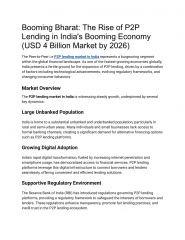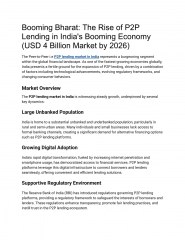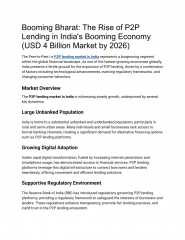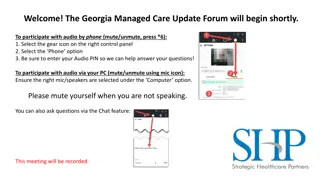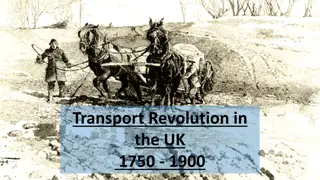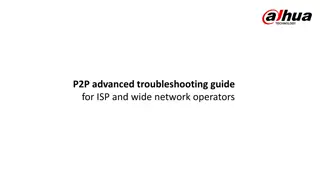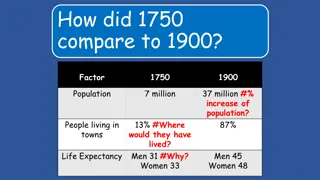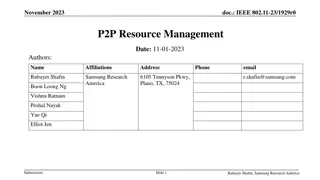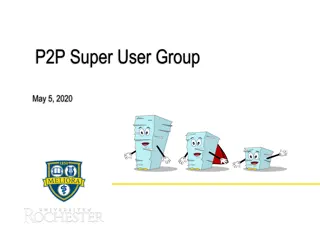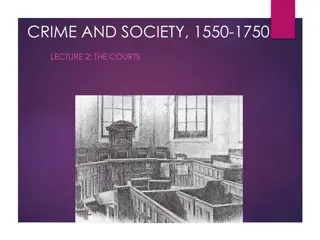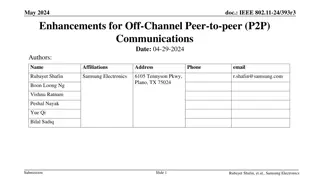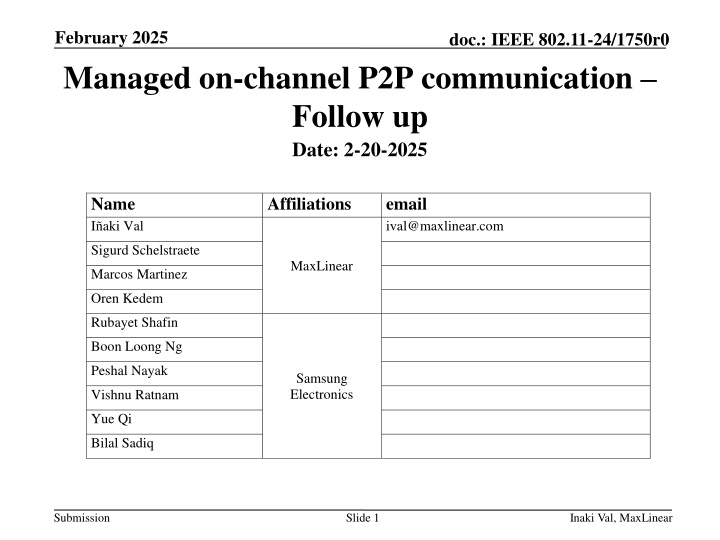
Enhancing P2P Communication Efficiency and Latency in IEEE 802.11 Networks
Explore how IEEE 802.11 aims to improve packet delivery and network reliability through P2P communication, focusing on reducing latency for QoS-related applications. Discusses challenges in existing mechanisms and proposes enhancements for bidirectional data exchange in latency-sensitive P2P applications.
Download Presentation

Please find below an Image/Link to download the presentation.
The content on the website is provided AS IS for your information and personal use only. It may not be sold, licensed, or shared on other websites without obtaining consent from the author. If you encounter any issues during the download, it is possible that the publisher has removed the file from their server.
You are allowed to download the files provided on this website for personal or commercial use, subject to the condition that they are used lawfully. All files are the property of their respective owners.
The content on the website is provided AS IS for your information and personal use only. It may not be sold, licensed, or shared on other websites without obtaining consent from the author.
E N D
Presentation Transcript
February 2025 Managed on-channel P2P communication Follow up Date: 2-20-2025 doc.: IEEE 802.11-24/1750r0 Name I aki Val Affiliations email ival@maxlinear.com Sigurd Schelstraete MaxLinear Marcos Martinez Oren Kedem Rubayet Shafin Boon Loong Ng Peshal Nayak Samsung Electronics Vishnu Ratnam Yue Qi Bilal Sadiq Submission Slide 1 Inaki Val, MaxLinear
February 2025 doc.: IEEE 802.11-24/1750r0 Introduction 802.11bn targets the improvement of packet delivery by reducing the transmission latency and enhancing network reliability [1] Applications and use cases with QoS-related requirements (e.g., bounded latency and reliability) have been growing in recent times [2] The critical QoS services can be mainly characterized by periodic traffic patterns, and strict timing requirements for data exchange [2, 3] Some of these specific applications would employ Peer-to-peer (P2P) links [4, 5], which could be beneficial in terms of latency and efficiency, offloading the AP workload Submission Slide 2 Inaki Val, MaxLinear
February 2025 doc.: IEEE 802.11-24/1750r0 P2P: Recap Peer-to-peer links allow direct communication between two non-AP STA devices, without any intervention of the AP, except for setting up the link in the case of on-channel P2P. The AP uses a triggered TXOP sharing (mode 2) mechanism to grant airtime to a non-AP STA that would send data frames to another non-AP STA. Other P2P mechanisms exist but the focus of this proposal is on extending TXOP sharing P2P mechanism Submission Slide 3 Inaki Val, MaxLinear
February 2025 doc.: IEEE 802.11-24/1750r0 Problem Statement (1/2) Some P2P target applications, such as VR/AR/XR, are based on bidirectional data exchange (closed-loop communication). Another example would be any application layer based on TCP communication. The triggered TXOP sharing (mode 2) mechanism is limited to transferring data in one direction. The granted non-AP STA1 can send data to another non-AP STA2, but non-AP STA2 is not allowed to transmit. Grouping TXS frames in the same TXOP requires that the AP knows the exact transmission order and internal data processing delays The AP needs to be aware of the service data flows Submission Slide 4 Inaki Val, MaxLinear
February 2025 doc.: IEEE 802.11-24/1750r0 Problem Statement (2/2) Using the existing TXS Mode 2 would require several consecutive TXOP grants, requiring the continuous action of the AP. AP shares the gained TXOP with one P2P STA, and it is used to send data to another P2P STA, each P2P link is mapped over an individual shared TXOP. Scheduled P2P STA1 to STA2 transaction Scheduled P2P STA2 to STA1 transaction MU-RTS TXS (Mode 2) Trigger frame MU-RTS TXS (Mode 2) Trigger frame AP AP -> STA1 AP -> STA2 CTS to Self CTS to Self Ack CTS STA1 -> STA2 STA1 STA2 -> STA1 CTS Ack STA2 Time Other STAs Other TXOPs P2P Period P2P Period STA1 P2P TXOP STA2 P2P TXOP STA1 P2P TXOP STA2 P2P TXOP STA1 P2P TXOP Time Therefore, the current TXOP sharing (mode 2) mechanism does not provide the optimal functionality to support new latency-sensitive P2P applications that would require fluid bidirectional data exchange. Submission Slide 5 Inaki Val, MaxLinear
February 2025 doc.: IEEE 802.11-24/1750r0 P2P Group P2P groups were introduced [6] to allow the AP to recognize a STA group involved within the same P2P application, and allocate resources on a per-group basis. The P2P communication could be generalized to more than two devices, but can be expected to be limited to a small number of devices (e.g., up to four devices). The granted TXOP should serve the entire P2P group in any direction, as they share the same target application. Specified during the initial negotiation phase. The P2P group members should request the resources from the AP in a previous negotiation phase. One of the P2P group members may centralize the negotiation phase Submission Slide 6 Inaki Val, MaxLinear
February 2025 doc.: IEEE 802.11-24/1750r0 Light-weight Contention TXOP RTS TXS Trigger frame Light-weight contention end Light-weight contention start SIFS Light-weight contention CTS to Self TF TA: AP RA: STA1 Sharing AP RA: GID TA: STA1 RA: STA2 TA: STA1 RA: STA2 STA1 Ack Ack CTS TA: STA2 RA: STA1 STA2 Time Ack Ack CTS Time Allocated to P2P group After the sharing AP sends the TF to the P2P group (GID), the light-weight contention starts between the STA members, until the allocated time ends, and the AP recovers the TXOP GID is a group identifier In case of having PS constraints, a pre-negotiated TWT window ensures the STAs are awake for receiving the starting frame The TXOP is protected by the AP (e.g., RTS/CTS exchange), therefore no other STA may interrupt the ongoing P2P exchange Submission Slide 7 Inaki Val, MaxLinear
February 2025 doc.: IEEE 802.11-24/1750r0 Light-weight Contention There could be several options for implementing the light contention within the P2P group contention period High-performance EDCA parameters (AISFN and CW) The Voice access category could be a good starting point to define these values. We assume that there are a very small number the devices within the contention period, whose QoS data traffic is driven by the application, and most likely there will be an order of transmission that would avoid the collisions No contention with fixed IFS Assuming the application has a fixed order of data transmission, the contention could be removed, and set a fixed xIFS separation between the frames, as there will be no collisions Token-based arbitration As an additional mechanism for avoiding collisions, there could be a token-based arbitration mechanism for allowing a P2P group member to transmit. The token will be passed through the members (different strategies could be used). Submission Slide 8 Inaki Val, MaxLinear
February 2025 doc.: IEEE 802.11-24/1750r0 Simulation Topology Scenario composed of 4 BSSs sharing the same channel All the BSSs have common traffic patterns and characteristics for two associated STAs with bidirectional UDP traffic (BE background traffic) Background UDP traffic: STA1: 60Mbps DL / 60Mbps UL & STA2: 30Mbps DL / 30Mbps UL AP1 has additional P2P STAs (two or three devices), transferring TCP data (asymmetric bidirectional Data ACK) BE or VI access category DL/UL DL/UL AP2 STA1 DL/UL AP3 STA2 DL/UL STA1 STA2 STA3 STA5 STA2 STA1 STA1 STA2 DL/UL DL/UL DL/UL 3x P2P (35Mbps) DL/UL AP1 AP4 STA4 Submission Slide 9 Inaki Val, MaxLinear
February 2025 doc.: IEEE 802.11-24/1750r0 P2P Mechanisms There are three different mechanisms to transfer data between P2P STAs Transferring data frames through the AP, using regular UL and DL frames, the data traffic needed is the double, as every data frame is repeated Using TXOP sharing Mode 2 defined in IEEE 802.11be amendment (a.k.a. Legacy P2P) Using P2P Group channel access mechanism defined in [7] Submission Slide 10 Inaki Val, MaxLinear
February 2025 doc.: IEEE 802.11-24/1750r0 P2P Results (BE / Two Devices) The use of P2P direct communication increases the performance in terms of throughput and latency. The results obtained for P2P Group are consistent with the assumption that the probability of collision occurrence is low The overall network traffic is not affected, maintaining the fairness Submission Slide 11 Inaki Val, MaxLinear
February 2025 doc.: IEEE 802.11-24/1750r0 P2P Results (VI / Two Devices) Throughput performance (VI AC) with Through AP and P2P Group mechanisms reach similar results, including latency For the first case, the devices must set the AC, while for P2P is the AP who set the AC Through AP mechanism pays a price regarding the network fairness, in terms of throughput and latency P2P mechanisms maintain the fairness over the network Submission Slide 12 Inaki Val, MaxLinear
February 2025 doc.: IEEE 802.11-24/1750r0 P2P Results (BE / Three Devices) Similar results are obtained for the use case where there are three P2P devices. P2P Group mechanism offers improved performance, having the advantage that AP offloads the flow scheduling complexity to the P2P STAs The overall network traffic is not affected, maintaining the fairness Submission Slide 13 Inaki Val, MaxLinear
February 2025 doc.: IEEE 802.11-24/1750r0 P2P Results (VI / Three Devices) Throughput performance (VI AC) with Through AP and P2P Group mechanisms reach similar results In terms of latency, Through AP mechanism obtains the best results, but at the cost of reducing the fairness The overall network performance is not affected by P2P mechanisms, as opposed to Through AP mechanism Submission Slide 14 Inaki Val, MaxLinear
February 2025 doc.: IEEE 802.11-24/1750r0 Conclusion P2P Group channel access mechanism offloads the P2P flow scheduling to the involved P2P STAs, reducing the setup complexity (simpler SCS rules would be needed) For example, a three devices P2P group with three bidirectional links, would need to set up six flow rules The AP may provide the desired traffic priority to the allocated TXOP for P2P transactions, being independent from the P2P device's capabilities The P2P Group mechanism improves the performance and maintains network fairness Submission Slide 15 Inaki Val, MaxLinear
February 2025 doc.: IEEE 802.11-24/1750r0 References [1] IEEE 802.11-23/0028r6, UHR PAR discussion [2] Inaki Val and et al. (MaxLinear), High Criticality Use Cases and Requirements , 23/1522r0, September 2023. [3] Oliver Holland and et al. Low Latency Communication White Paper , P802.24-23- 0010r4, July 2023. [4] Dibakar Das and et al. (Intel), TXOP sharing extensions for XR use-cases , 23/1387r1, August 2023. [5] Guoqing Li and et al. (Meta), Proxy QoS management for XR use cases , 23/1958r0, November 2023. [6] Rubayet Shafin and et al., P2P Resource Management , 23/1929r0, November 2023. [7] Inaki Val and et al. (MaxLinear), Managed on-channel P2P communication , 24/0403r2, June 2024. Submission Slide 16 Inaki Val, MaxLinear


